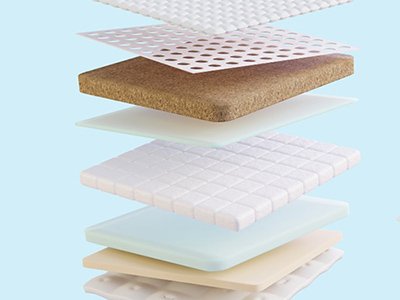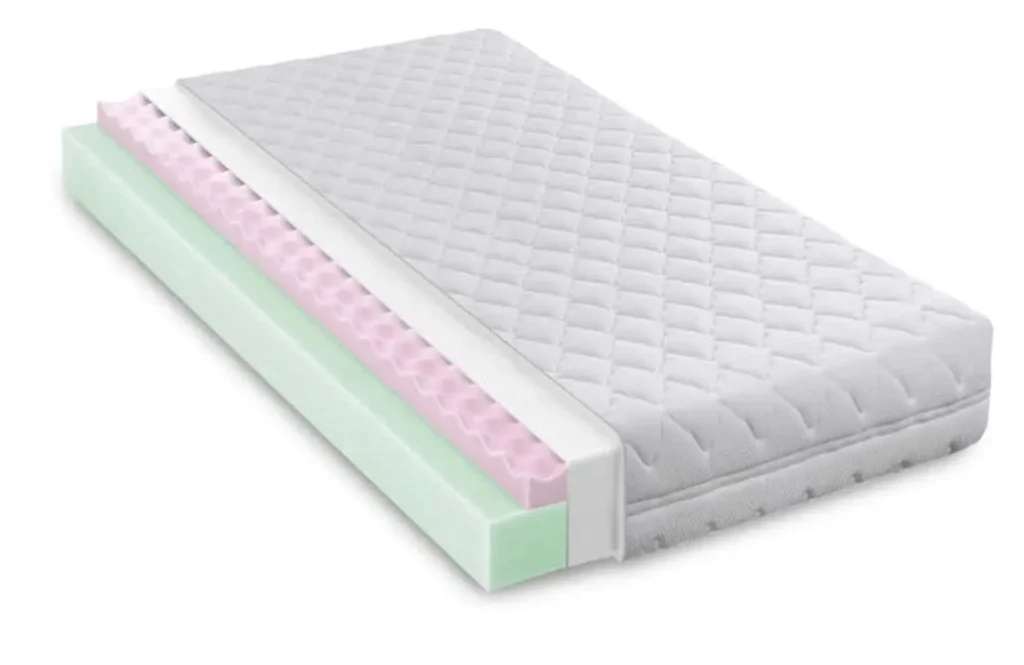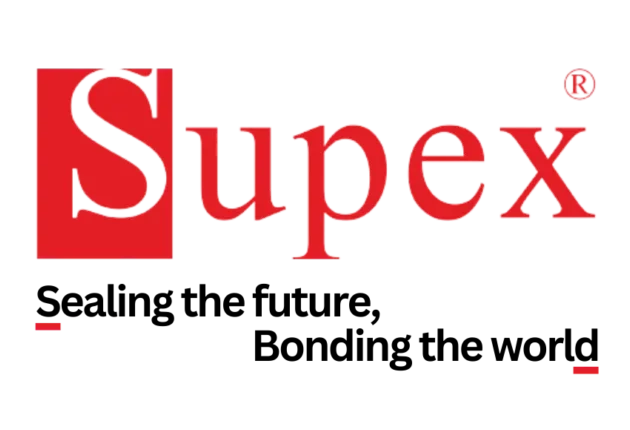Mattress adhesive plays an important role in the mattress and bed making industry. The glue is responsible for keeping the different layers of mattresses together by bonding materials that are under the cover. Mattress adhesive can be used for instance for toppers, pocket spring and sandwich mattresses as well as open and closed cell foam mattresses, 7 zone mattresses and gel and memory foam mattresses.
One of the standout features of water-based rubber adhesive is its environmental friendliness. Compared to solvent-based adhesives that release volatile organic compounds (VOCs) and have a higher environmental impact, water-based adhesives are a greener choice. They contribute to reduced emissions and a safer working environment.
In conclusion, water-based rubber adhesive is a versatile and eco-friendly adhesive that finds its place in numerous industries. Its ability to provide strong and reliable bonds, coupled with its environmentally conscious formulation, makes it an adhesive of choice for many applications. As industries continue to prioritize sustainability and performance, the demand for water-based rubber adhesive is only set to grow. From packaging to construction, it’s a key player in keeping things together across a wide spectrum of sectors.
Improve quality, reduce cost with water based adhesive
Ask us how?
Call / Whatsapp: +91 9699892782, mail: sales@supex.in, Toll Free no: 18001214771
Reach usWhat is Water-Based mattress adhesive?
Water-based mattress adhesive uses water as a carrier or solvent and incorporates rubber as its primary adhesive component. This unique formulation results in an adhesive that is both effective and environmentally friendly.
Industries That Benefit from Water-Based Rubber Adhesive
- Paper and Packaging: Water-based rubber adhesives are often used in the paper and packaging industry for tasks like sealing envelopes, gluing paperboard cartons, and bonding labels to various packaging materials.
- Labeling: They are commonly used for labeling applications, such as attaching product labels to bottles, jars, or other containers. Water-based adhesives are preferred in these applications due to their non-toxic and environmentally friendly nature.
- Tape Manufacturing: Water-based rubber adhesives can be used in the production of adhesive tapes, including masking tape and packaging tape.
- Bookbinding: In bookbinding, water-based rubber adhesives can be used to bind the pages of books and other printed materials together.
- Woodworking: They can be used in woodworking for bonding wooden parts together. Water-based adhesives are often chosen in woodworking applications where solvent-based adhesives may not be suitable due to the release of volatile organic compounds (VOCs).
- Footwear: Water-based rubber adhesives are used in the manufacture of shoes and other footwear, it can be used as footwear adhesive particularly for bonding rubber soles to shoe uppers.
- Textiles and Fabric: In the textile industry, these adhesives can be used for fabric bonding and laminating.
- Automotive: Water-based rubber adhesives are used in automotive applications, including attaching fabric to interior components or bonding rubber seals and gaskets.
- Construction: They may be used in construction for bonding materials like insulation, roofing materials, and tiles.
- General Assembly: Water-based rubber adhesives find applications in various assembly processes where a strong yet flexible bond is required.
- Mattress Industry: Adhesive is commonly used to bond foam to foam for manufacturing mattress. Using water based rubber adhesive will be an added advantage as solvent-based adhesives are very toxic and has strong odour.


Benefits of water-based Adhesive:
- Safer and Eco-Friendly: SUPEX 309 is a safer alternative to solvent-based adhesives widely used in the foam and footwear industries. Solvent-based adhesives emit harmful volatile organic compounds (VOCs) that can harm workers’ health and pollute the environment. In contrast, water-based adhesives like SUPEX 309 have low VOC emissions, reducing health risks for workers and minimizing environmental impact.
- Improved Worker Comfort: Water-based adhesives offer significantly reduced odor compared to solvent-based options. This means a more comfortable working environment for employees, as they are not exposed to strong chemical fumes. With SUPEX 309, workers can focus on their tasks without discomfort or health concerns.
- Enhanced Efficiency and Compatibility: SUPEX 309 provides excellent wet tack, allowing for faster assembly and increased production speed in the foam and footwear industries. The adhesive’s compatibility with different materials offers manufacturers greater flexibility, streamlining their processes and reducing the need for multiple adhesives.
- Water Resistance and Durability: Water-based adhesives like SUPEX 309 exhibit superior water resistance, ensuring that bonded components retain their integrity, even in wet conditions. This attribute is essential for foam products used outdoors or in environments exposed to moisture.
Types of adhesives for mattresses
Mattress adhesive is used in bonding foams, pocket coil assemblies, fabrics and fibers. It is crucial that the mattress glue is non-yellowing, durable, flexible as well as easy and fast to apply so that it does not affect the looks of the mattress, allows for transport and storing, and optimizes processes while resulting in long lasting products. The wished result can be achieved by one of three mattress adhesive systems which bond for example cotton, coconut fiber, foams and non woven materials.
1. Solvent based mattress adhesives
The most traditional form of mattress adhesives are solvent based systems. These systems provide strong bonds, generally stronger than water based mattress glues. They can be applied by roll coating, spray or beads and dots.
The disadvantage of solvent born mattress adhesives is that they tend to release solvent fumes and adhesive residue in the air as they set when the solvent evaporates. Nevertheless, the new technologies allow for more user friendly systems where the share of solid parts is higher. This results in less solvent in the product as well as reduces the amount of product needed to complete the application.
2. Waterbased mattress adhesives
Water based adhesives are a step towards more sustainable bonding in the mattress industry. They do not form as strong bonds as their solvent based alternatives, but that is no problem, for a mattress adhesive does not necessarily need to be strong, as long as it is, and remains, flexible and odorless. Also these systems are applicable by spray, beads and dots as well as roll coating.
The great advantage of waterborne mattress adhesive is that it is environmentally friendly, releasing only water while setting by evaporation. The evaporation process, however, generally takes longer than when working with solvent containing products. If the longer setting time is not taken into consideration, the water may remain in the mattress and encourage mold forming once packed in plastic. Fortunately, the development of adhesive technology makes it possible to let the water based mattress adhesives cure faster and minimize overspray.
3. Hot melt mattress adhesive
The newest, and most efficient mattress adhesive on the market is hot melt which is applied with hot air and sets as the heat dissipates. Hot melt is the mattress glue with the fastest curing process and least risks as it involves neither solvents nor water thanks to its 100% solid consistency.
Hot melt glues have rapid initial tack which allows for more efficient processes and requires less mattress adhesives. The only downside of mattresses that use hot melt, is that they may make a cracking noise when the adhesive is dry. However, the continuous development and innovation are removing this disadvantage.
Hot melt adhesives for mattresses are usually applied as spray regardless whether they are a one or two component systems. There are also rollable formulations of hot melt mattress adhesives made possible by reducing the solid share to about 75%.
